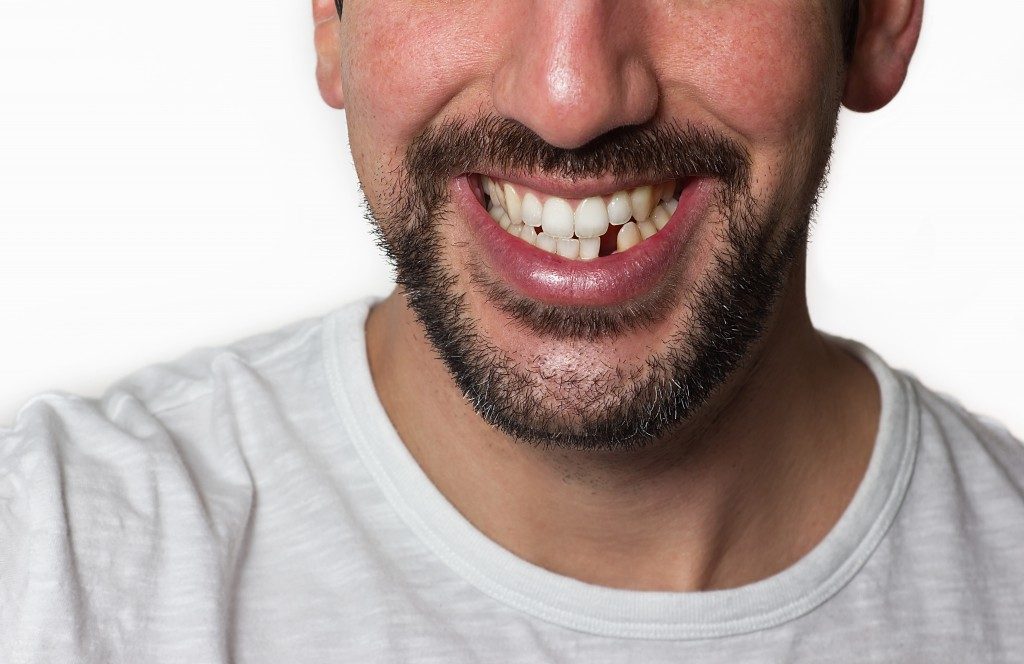Keeping track of your child’s tooth eruption is one of the most joyous moments in parenting. There are however times when for one reason or another, your child’s teeth do not erupt.
Congenitally missing teeth (CMT) do not appear during childhood, and a dental x-ray confirms they are not trapped in the gums. In most cases, this is a family trait, but it might also be caused by a genetic condition like a cleft lip or palate or Downs syndrome.
Most parents see no need for a pediatric dentist in Utah for CMT since they assume this is only a minor cosmetic concern. The missing tooth, however, causes the shifting of others around it and makes them less stable.
As such, it increases your child’s risk of premature loss of the milk teeth. CMT will also impair their chewing and speech ability. The following are the standard treatment options for CMT to avert these eventualities.
Dentures
Removable dentures are reversible, inexpensive and conservative options for managing CMT and supporting oral tissues. These resemble real teeth and can be taken off at night for cleaning and to allow the gums to rest.
They are re-fitted as your child’s jaws grow. Dentures are however fragile, bulky, interfere with taste and speech and might breakdown the gums.
Implants

These have titanium fixtures which are implanted into the site of a missing tooth and crowns on top that blend with your child’s natural teeth. Before their placement, the dentist will evaluate your child’s jawbone quantity to ensure it can sufficiently support the implant.
If it cannot, they can recommend gum grafting to build up the jawbone before placing the implants. Implants are usually used in patients from 17 to 21 years olds whose gums have fully developed to avoid a sinking-like appearance seen in implants placed on growing jawbones.
Bridges
These are dental fixtures with crowns which anchor a replacement tooth to the teeth on either side of the gap. They are the ideal treatment alternative if the teeth on both sides of the gap also need crowns.
As such, dentists might not use bridges if the teeth surrounding the gap left by CMT are healthy. They will also not work if your child has multiple teeth missing in a row since there will be none to anchor the bridges.
Stem Cell Therapy
This is a relatively new treatment option and might hence be more expensive. In the procedure, dental tissues which contain adult stem cells are used to grow a portion of a tooth or even an entire dental root. This is then implanted into the site of your child’s missing tooth and covered with a crown.
Before the above treatments, your child might have other dental procedures done to boost the chances of a successful CMT management. The dentist might for instance use braces to move other teeth into a correct position and create enough space for the tooth replacements.
Caring for implants, dentures, bridges, and crowns is akin to that of natural teeth. All you will need is twice daily brushing and flossing. You will, however, have frequent dental appointments to assess the treatment’s efficacy.

